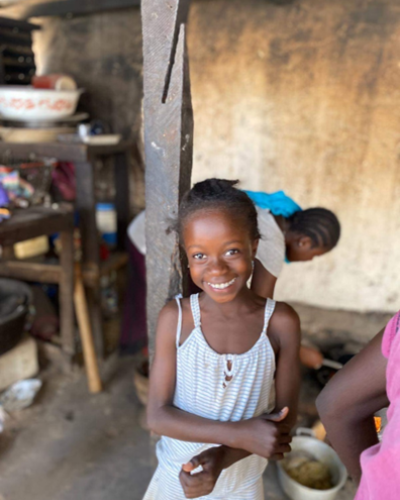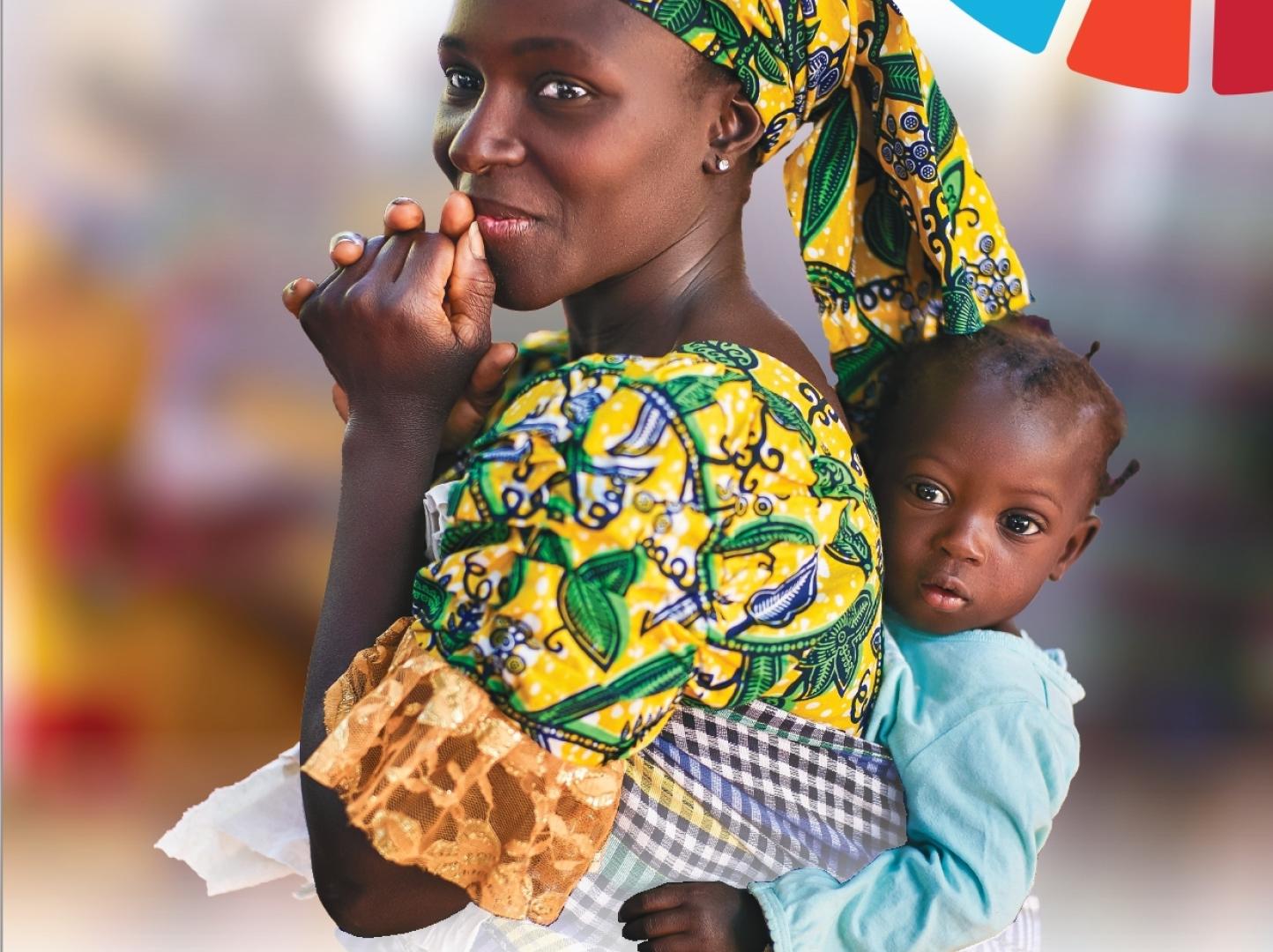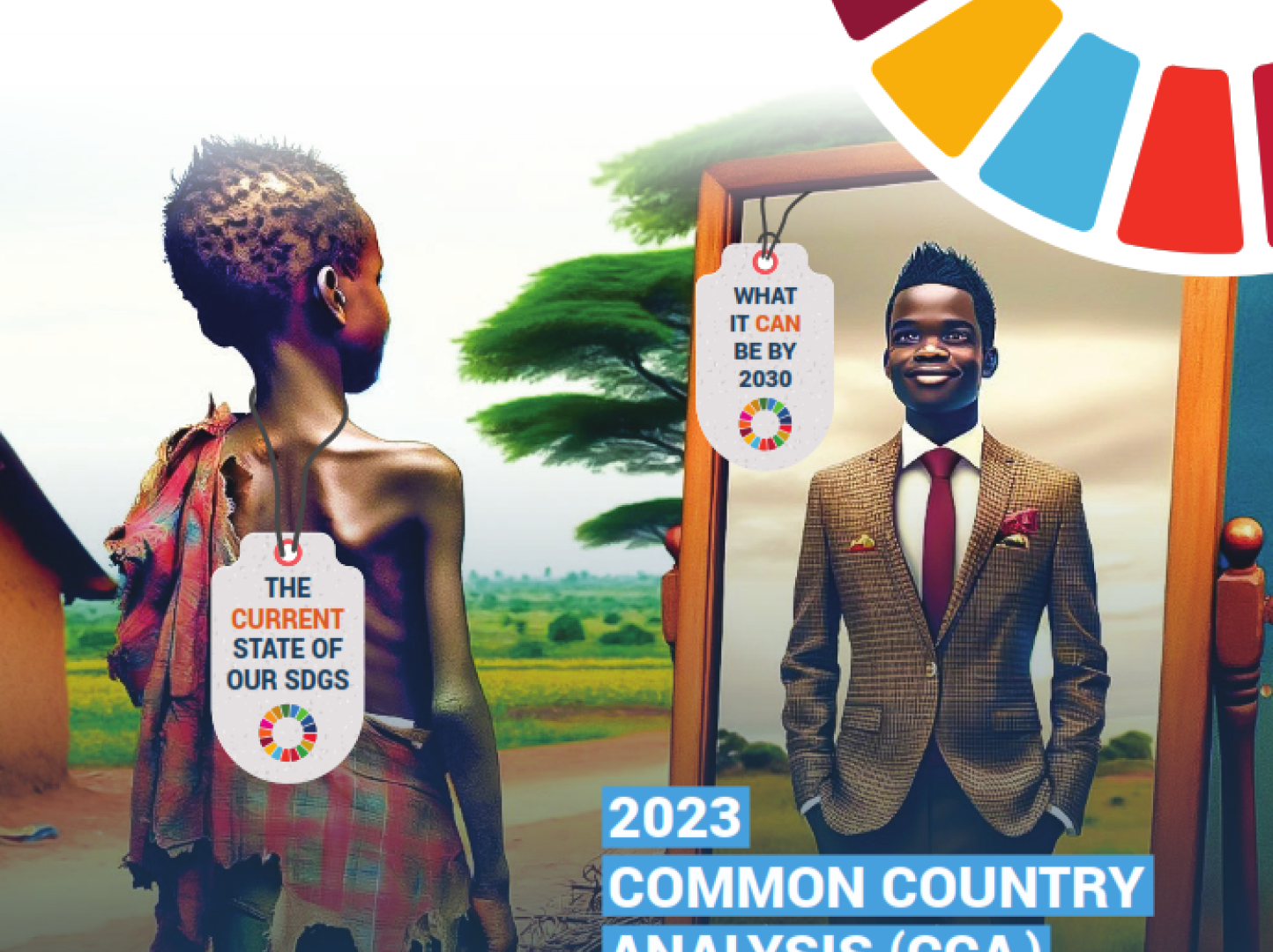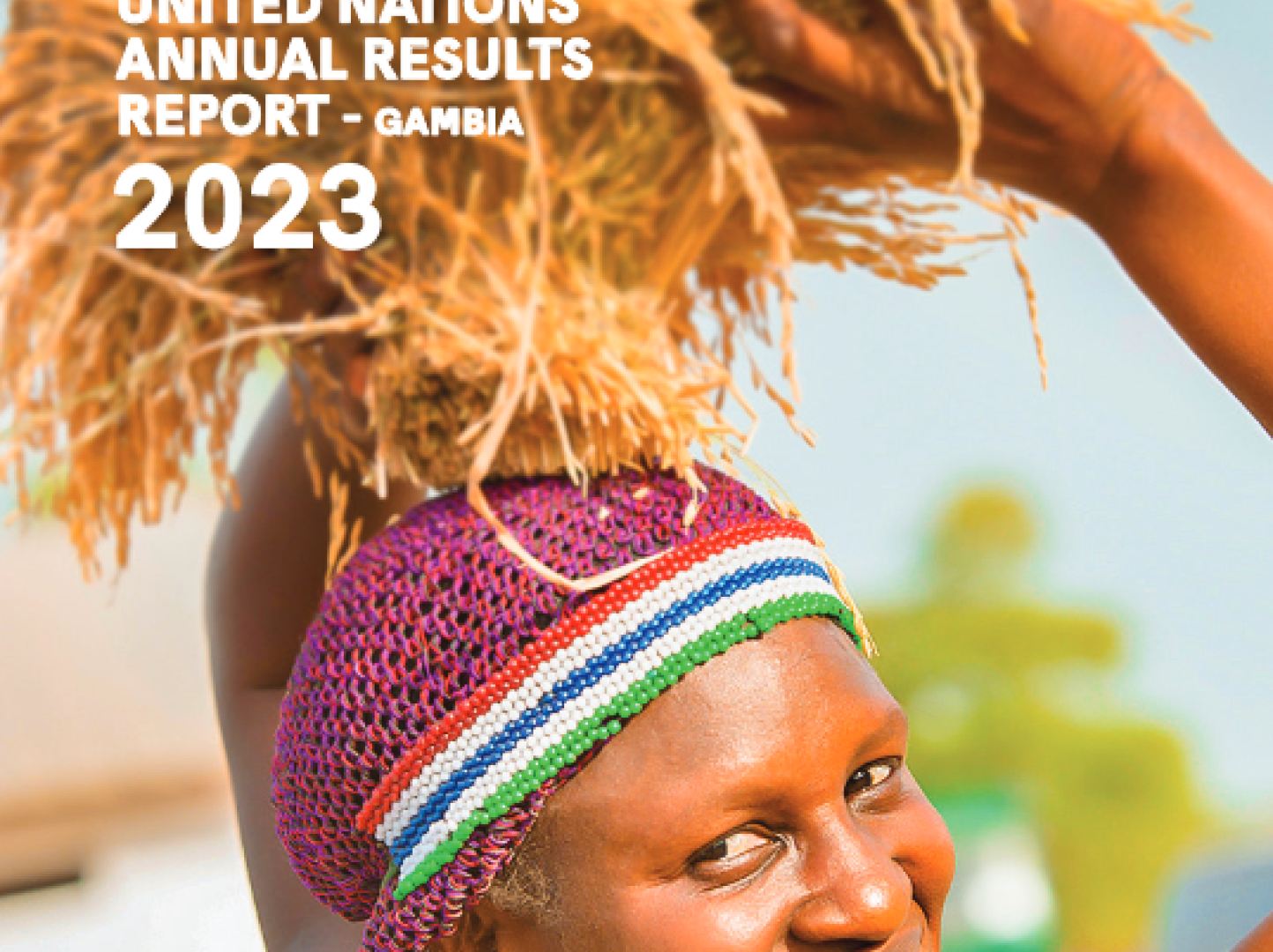Inequality of Opportunity: Who Are Those Left Behind in The Gambia

As part of the 2021 UN Gambia Common Country Analysis (CCA) update, the UNESCAP Inequality of Opportunity analysis uses new methodological tools to identify the furthest behind, by grouping people with the lowest access to opportunities or highest barriers to effective participation. These groups are defined by common circumstances over which the individual has little or no direct control, such as their household’s wealth or their place of residence.
The analysis explores inequality in eight areas affecting a person’s life prospects: education; women’s access to sexual and reproductive health, attitudes towards violence against women, access to basic drinking water and basic sanitation; access to clean energy; use of ICTs, financial inclusion and children’s nutrition. These opportunities and barriers are covered by specific commitments outlined in the 2030 Agenda for Sustainable Development.
This report starts by reviewing overall inequality of opportunity levels as measured by the D-Index (section 2). It then zooms into The Gambia to identify the shared circumstances of population groups that are left furthest behind in areas with significant inequality (section 3).




















